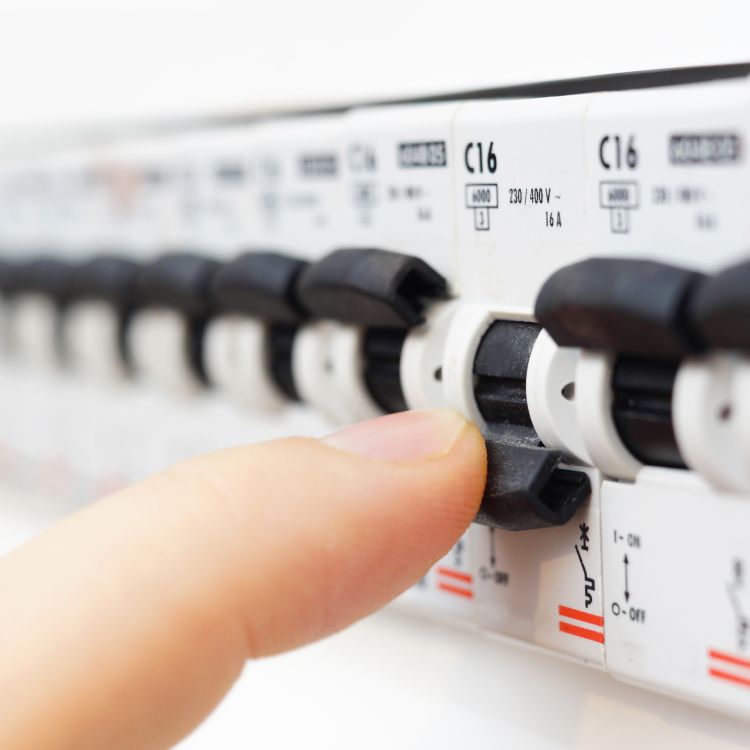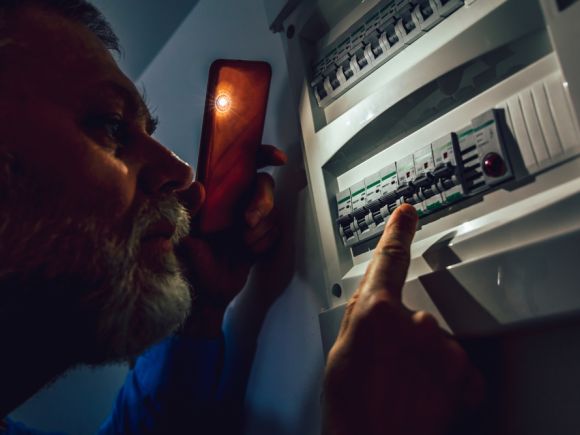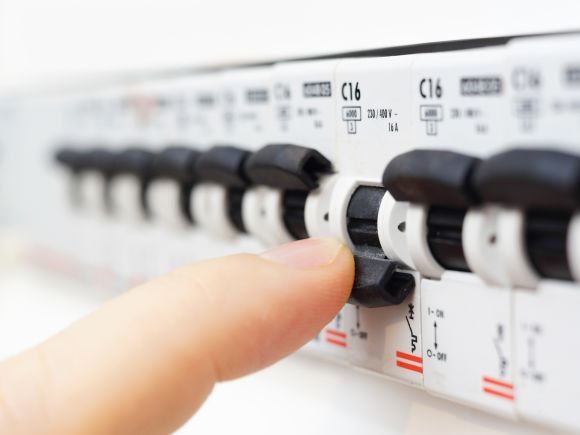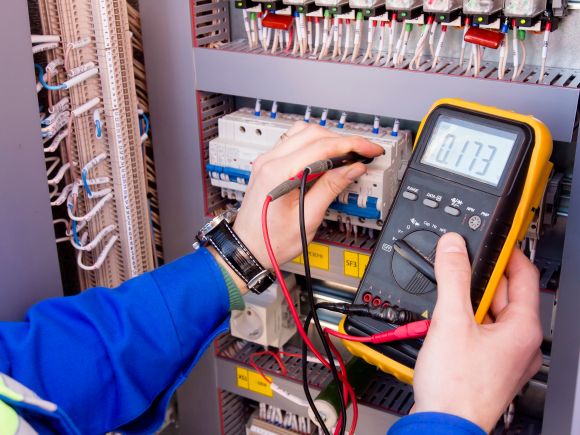Electrics and Lighting
A power cut can happen at any time, it may be due to weather conditions or external works outside of your home. Our Maintaining the Electrical and Lighting in your Home page gives guidance on what to do in a power cut or if your fuse board trips, how to replace a light bulb and when you should contact us.

For practical tips on handling common electrical issues in your home, from power cuts to replacing lightbulbs and managing emergency situations safely, watch our Maintaining the electrical and lighting in your home video.

What to Do in a Power Cut
If you experience a power cut, it might not necessarily be due to an issue within your own home. Here’s a checklist to help you determine if the problem is internal or external:
- Check your fuse board. Make sure all trip switches are in the "on" position or facing upwards.
- If you use a credit meter, ensure there's sufficient credit and that the meter is working.
- Ask a neighbour if they have power. If they do, the issue may be outside your home.
- If you suspect that it is an external issue, you can call Western Power or National Grid on 150.
How to Replace a Lightbulb
Replacing a lightbulb is simple, but it’s important to do it safely and with the correct type of bulb:
- First, identify the bulb type. Common types include GU10, bayonet, and Edison screw.
- Use a steady pair of steps rather than a chair for safety.
- To remove a bayonet bulb, push it in gently, twist, and pull it out.
- Insert the new bulb by pushing it in and twisting to secure it in place.


What to Do If Your Switchboard Trips
A tripped switchboard usually indicates a faulty appliance. Here’s how to handle it:
- Check what appliances were in use when the trip happened, as items like kettles or toasters often cause issues.
- Locate the tripped switch on your fuse board. The main red switch should be in the "up" position, with circuit switches labeled below.
- Unplug all appliances on the affected circuit.
- Reset the switch. If it holds, plug appliances back in one at a time to identify the faulty item causing the trip.
What’s Classed as an Emergency?
Certain electrical issues are considered emergencies and may require immediate attention:
- Complete Power Loss: All lighting and sockets are off, and essential systems (e.g., smoke alarms) are affected.
- Smoke Alarms Sounding: Sometimes alarms activate without fire due to faults or lack of regular maintenance. Clean around the grates with a vacuum to remove dust or insects and test alarms monthly.
- Water Leaks Affecting Electrics: If water enters light fittings or sockets, isolate the affected circuit at the fuse board and contact a professional to ensure safety.
If you believe that your issue is an emergency, please contact us.

Electrical Safety
We need to carry out regular electrical inspections and tests because electrical installations deteriorate due to issues such as damage, wear and tear, corrosion, excessive electrical loading, ageing and environmental influences.